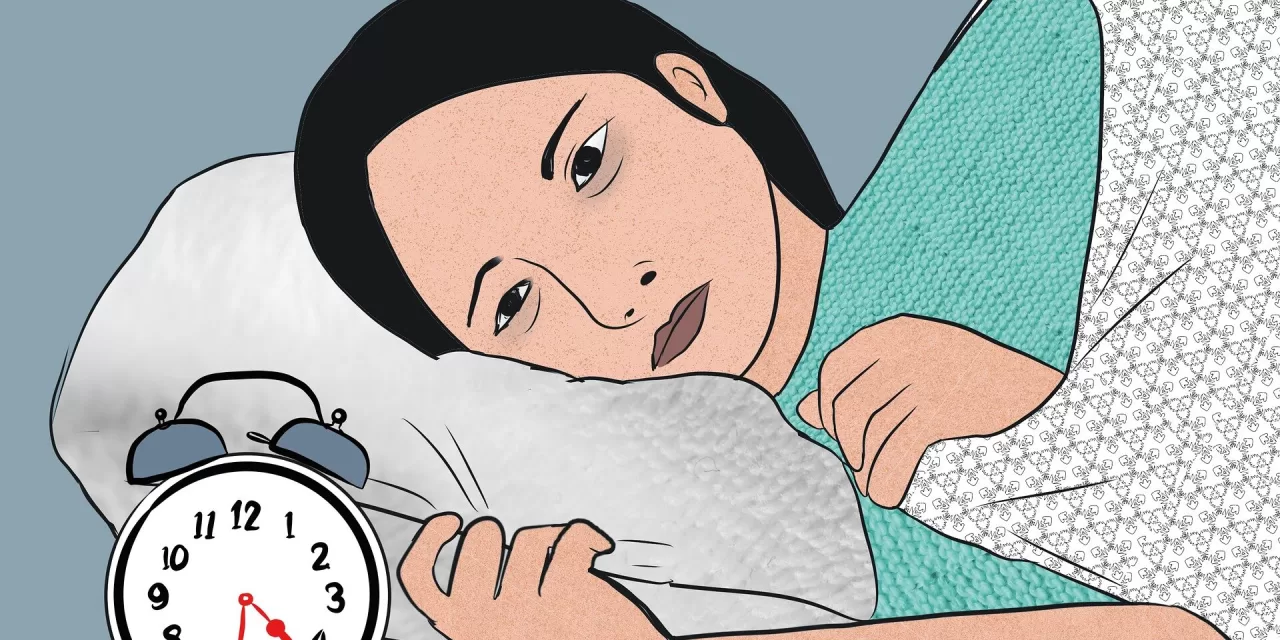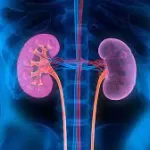As clocks shift back and we “gain” an extra hour, the change often feels like a welcome bonus. However, for night owls—those who naturally stay up late and prefer sleeping in—this shift presents unique challenges. These difficulties stem from the body’s internal clock, influenced by chronotypes, the individual’s natural rhythm for waking and sleeping times.
Chronotypes are largely genetic and dictate whether a person feels more energetic in the morning or evening. This internal timing affects daily rhythms, including hormone release and body temperature changes. Typically, the hormone cortisol peaks during the day to promote alertness, while melatonin rises in the evening to induce sleep. Body temperature follows similar rhythms, peaking in the late afternoon and dipping at night to facilitate restful sleep.
For night owls, whose body clocks are naturally set later, the fall time change can worsen the misalignment with society’s standard schedules. Losing evening daylight, when night owls tend to be more alert, disrupts their productivity and energy levels. This phenomenon, known as “social jet lag,” is when one’s internal clock falls out of sync with societal demands, leading to increased stress, low mood, and potential cardiovascular risks.
Studies have shown that this adjustment challenge is rooted in biology. Those with an evening chronotype experience a delayed release of melatonin, which intensifies difficulties when daylight saving time ends. Research on people in polar regions, where extreme light conditions persist for months, underscores how vital light exposure is for accurate time perception and mental well-being. A 2020 study observed Antarctic station crew members’ time estimates fluctuating based on seasonal light availability. It revealed that limited light access during winter months impaired their sense of time, underscoring the role of light in maintaining accurate internal clocks.
Interestingly, polar region research has found that individuals with a morning chronotype adapt more easily to prolonged daylight, maintaining stable sleep and mental health patterns. However, evening chronotypes struggle in the winter darkness, experiencing disrupted sleep and lower moods. Such studies offer insight not only into life in extreme conditions but also in potential future space exploration, where adaptability to unique time cues will be essential.
Night owls may experience additional mental health struggles as days shorten. This is particularly significant because they often miss morning light, which is rich in blue light wavelengths that suppress melatonin and stimulate cortisol production. Exposure to morning sunlight can help stabilize circadian rhythms, but night owls may not naturally receive this exposure, leading to increased vulnerability to seasonal affective symptoms.
The misalignment between society’s early schedules and night owls’ natural rhythms also contributes to chronic sleep deprivation and worsened cognitive performance, which can impact metabolic health. For example, night owls have been found to experience challenges in processing food, including fats and sugars, due to irregular sleep patterns.
In a society that typically favors early risers, the difficulties faced by night owls during seasonal clock changes highlight a need for greater understanding and flexibility. Strategies such as light therapy, flexible work schedules, and increased awareness of chronotypes could help align people’s lives with their natural rhythms, supporting better mental and physical well-being.
By recognizing these biological differences, society can create a more inclusive environment that caters to various chronotypes, allowing everyone to thrive, regardless of their internal clocks.










